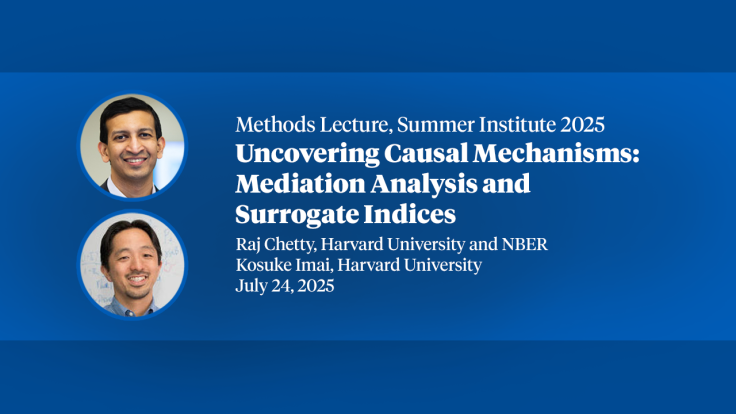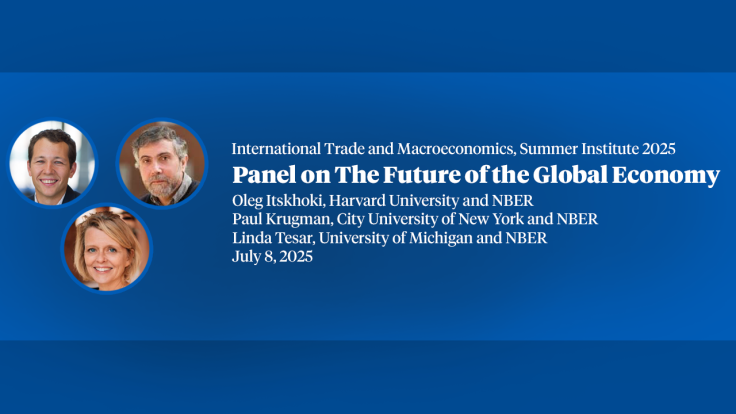Composition Beats Collapse: Insights from the Bisin–Verdier Model on Endogenous Fertility Reversal
Working Paper 34157
DOI 10.3386/w34157
Issue Date
Revision Date
Fertility rates have fallen below replacement in most countries, fueling predictions of demographic collapse. We show these forecasts overlook a crucial fact: societies are not homogeneous. Using the Bisin–Verdier model of cultural transmission with endogenous fertility and direct socialization, calibrated to U.S. and global data, we find that high-fertility, high-retention groups persist, gain share, and lead the total population to grow. Even if fertility remains below replacement in every country, extinction is unlikely. Simulations imply continued growth with pronounced compositional change, driven especially by religious communities with high fertility. In our ten-generation world calibration, Muslims become the largest tradition.
-
-
Copy CitationSebastian Galiani and Raul A. Sosa, "Composition Beats Collapse: Insights from the Bisin–Verdier Model on Endogenous Fertility Reversal," NBER Working Paper 34157 (2025), https://doi.org/10.3386/w34157.Download Citation
-


